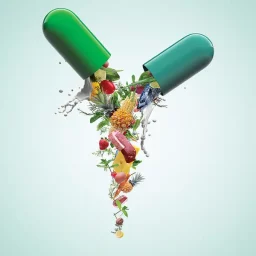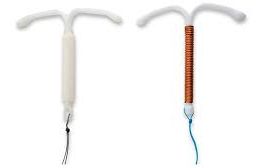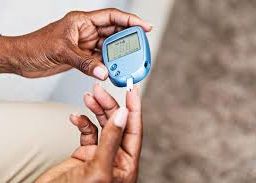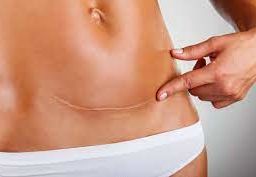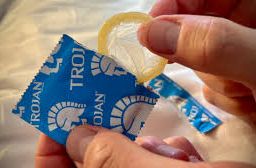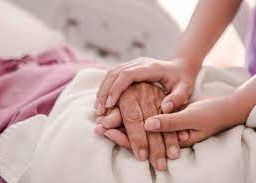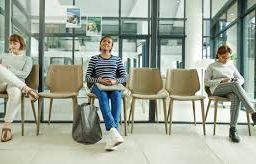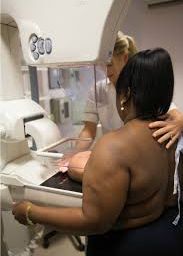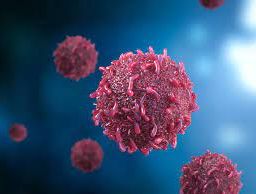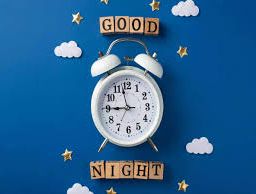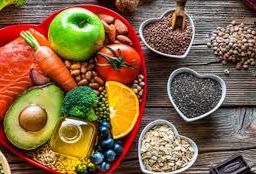
What Experts Say About Swimming After Eating: Guidelines and Advice
Have you ever wondered about the truth behind the age-old advice of “swimming after eating”? Many of us have grown up hearing warnings about waiting an hour before taking a plunge, fearing the risk of cramps or drowning. In this exploration, we dive into the science and debunk the myths surrounding this idea, shedding light on whether this precautionary tale holds water or if it’s time to set aside this long-standing belief. Let’s navigate the waters of reality and discover the facts behind the notion of waiting before taking a swim after a meal.

We’ve all heard the age-old advice from parents and grandparents: “Don’t go swimming right after you eat! Wait at least an hour, or you’ll get a cramp and drown!” This precautionary tale has been passed down through generations, becoming ingrained in our minds as an unquestionable truth. But is there any scientific basis for this advice, or is it just another myth that’s been perpetuated over time? In this post, we will explore the reality behind the notion of waiting an hour after eating before swimming.
The Origins of the Myth
The idea of waiting an hour after eating before taking a swim seems to have originated from a genuine concern for safety. The belief was that after a meal, blood flow would be diverted to the stomach for digestion, leaving less oxygenated blood available for muscles, which could lead to cramps and increase the risk of drowning. While this theory sounds plausible, it’s essential to examine whether it holds up against scientific scrutiny.
Myths associated with waiting half an hour after eating before swimming:
- Risk of Cramps: One of the most common myths is that taking a swim after eating can cause cramps. It is believed that blood is diverted to the digestive system, leading to muscle cramps in the water. However, there is no solid scientific evidence to support this claim. Our bodies are capable of performing multiple functions simultaneously without the risk of cramps.
- Risk of Drowning: Another related myth suggests that taking a swim after eating increases the risk of drowning due to weakness in the water. However, there is no direct correlation between eating and drowning. Swimming skills and water safety knowledge are more critical factors in preventing accidents.
- Delayed Digestion: Some people believe that swimming after eating will slow down digestion and may cause stomach discomfort. The reality is that our bodies are designed to efficiently digest food while engaging in moderate physical activities like swimming.
- Energy Depletion: Another common myth is that swimming after eating will deplete the body’s energy and make us feel more tired. However, a properly balanced meal provides the necessary energy to perform physical activities, including swimming.
- Difficulty in Floating: Some people believe that taking a swim after eating will affect buoyancy, making it harder to stay afloat in the water. In reality, food does not significantly impact the body’s buoyancy.
Debunking the Myth
1. Lack of Concrete Evidence: Surprisingly, there is no substantial scientific evidence supporting the claim that swimming immediately after eating is dangerous. Numerous studies have failed to find a direct link between eating before swimming and an increased risk of cramps or drowning incidents.
2. Natural Adaptability: Our bodies are remarkably adaptive and efficient at managing multiple tasks simultaneously. Blood flow is regulated based on the body’s needs, and there is no evidence to suggest that digestion dramatically impacts muscle function during swimming.
3. Correlation vs. Causation: Many anecdotes about swimmers experiencing cramps after eating lack concrete evidence. In most cases, the correlation between eating and cramping may be coincidental, as various factors can contribute to muscle cramps during physical activity.
4. Professional Athlete Practices: Professional athletes engaged in aquatic sports, who often have rigorous training schedules, eat and swim without adhering to the “wait an hour” rule. If this myth had any merit, elite athletes would be more cautious.
5. Personal Comfort Levels: While some individuals may experience discomfort when swimming after eating, it is essential to recognize that this is subjective and not a universal rule. Each person’s body responds differently to physical activity after a meal.

Best Practices for Safe Swimming
While waiting an hour after eating may not be scientifically necessary, safety should always be a priority when swimming. Here are some general guidelines to ensure a safe and enjoyable aquatic experience:
1. Listen to Your Body: Pay attention to how you feel after eating. If you feel full or uncomfortable, it’s entirely acceptable to take a short break before swimming.
2. Stay Hydrated: Proper hydration is crucial for overall well-being. Drink enough water before, during, and after swimming.
3. Start Slowly: If you’re concerned about discomfort while swimming after eating, start with gentle activities like wading or floating before engaging in more vigorous swimming.
4. Avoid Overeating: While swimming with a full stomach might not be dangerous, overeating before any physical activity can lead to discomfort and decreased performance.
In conclusion, the advice to wait an hour after eating before swimming lacks substantial scientific evidence. While some individuals might prefer to wait a bit before swimming after a meal, there is no universal rule that applies to everyone. Ultimately, it’s essential to listen to your body, stay hydrated, and use common sense when engaging in physical activities like swimming. So, the next time you crave a dip in the water after a delightful meal, go ahead and enjoy the waves without any unnecessary worries. Happy swimming!
Disclaimer: The information provided in this content is for general informational purposes only. It is not intended as medical or healthcare advice, diagnosis, or treatment. Always seek the advice of a qualified healthcare professional with any questions you may have regarding a medical condition or healthcare decisions.


